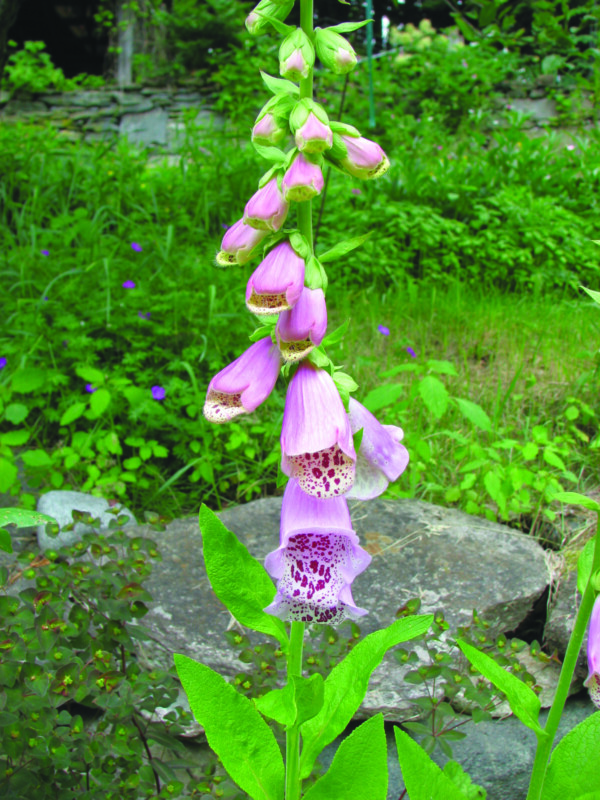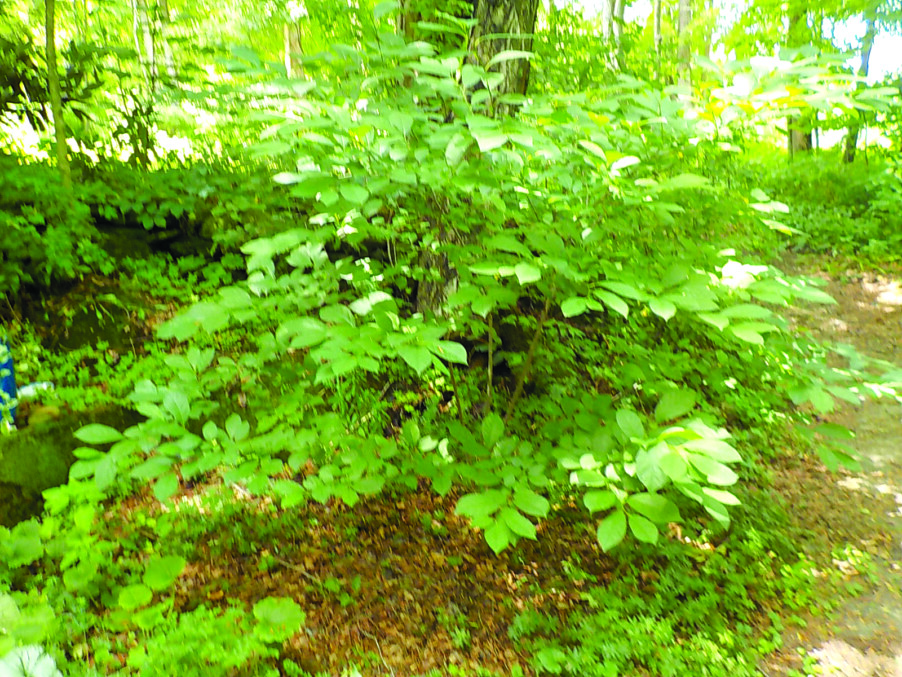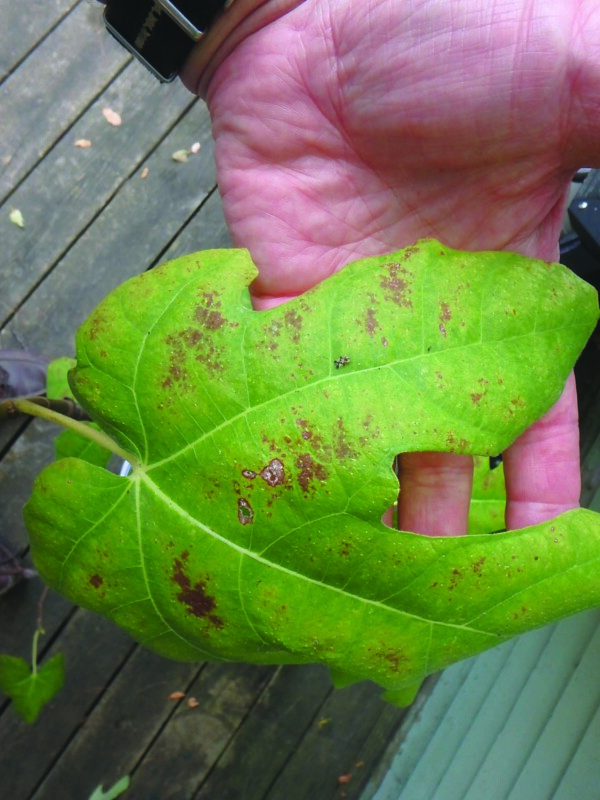Family fun for the weekend
Curtain up
A tale as old as time is coming to the Palace Theatre (80 Hanover St., Manchester). Beauty and the Beast will take place on Thursday, Aug. 11, at 10 a.m. and 6:30 p.m.; and Friday, Aug. 12, at 10 a.m., as part of the Palace’s annual Children’s Summer Series. Follow the story of Belle, a girl from a small town in provincial France, as she learns to live in an enchanted palace and slowly falls in love with the cursed prince who resides there. Tickets are $10 and can be purchased at palacetheatre.org.
This is the last week to be a part of Ariel’s world with the Peacock Players’ (14 Court St., Nashua) performance of The Little Mermaid Jr. Follow Ariel as she dreams to walk among human beings and meet her true love on the surface. The final dates and times for the shows are Friday, Aug. 12, and Saturday, Aug. 13, at 7 p.m., and Saturday, Aug. 13, and Sunday, Aug. 14, at 2 p.m. Tickets range from $15 to $18 for adults and from $12 to $15 for kids ages 12 and younger. Visit peacockplayers.org.
The Peterborough Players are bringing the fable The Emperor’s New Clothes to life at their new outdoor space, the Elsewhere Stage, on the grounds of the Players (55 Hadley St., Peterborough).
Performances will run Friday, Aug. 12, and Saturday, Aug. 13, with all shows starting at 10:30 a.m. The show follows a haughty, rich emperor who hires two tricksters to weave him new cloth from rare material. The show is performed by the Players Second Company, which features young professionals and is geared toward a younger audience. Tickets are $15 each for adults and $10 each for children, and are available online or at the door. Visit peterboroughplayers.org.
Hi-ho, hi-ho, it’s off to the Palace Theatre (80 Hanover St., Manchester) we go for a production of Snow White and the Seven Dwarfs. The show is part of the Palace’s annual Children’s Summer Series. It follows Snow White, the fairest girl in the kingdom, as she tries to escape her jealous stepmother, the evil queen. The show will run Tuesday, Aug. 16, through Thursday, Aug. 18, at 10 a.m. and 6:30 p.m., and on Friday, Aug. 19, at 10 a.m. Tickets are $10 and can be purchased at palacetheatre.org.
Party time!
Celebrate the end of summer reading at the Hollis Social Library (2 Monument Square) with its annual Summer Reading Wrap Party on Friday, Aug. 12, at 2 p.m. The library will be hosting games at the Lawrence Barn Community Center, and the town’s fire department will come by for an ice cream surprise. Kids of all ages are invited. Admission is free, but registration is required. Register at hollislibrary.org.
A student’s airplane will take to the skies during PlaneFest! at the Aviation Museum of New Hampshire (27 Navigator Road, Londonderry) on Saturday, Aug. 13, from 10 a.m. to 2 p.m. The festival will celebrate all things that fly, including a demonstration of “Aviation Toys We Can’t Sell You.” There will also be family fun games and activities, aircraft displays, and the Young Eagles program. The event is free to attend. Visit nhahs.org.
There will be more than just a fun beach day at the 15th annual Hampton Beach Children’s Festival, which runs from Monday, Aug. 15, through Friday, Aug. 19. Festivities will include magic shows, a costume parade, dancing, storytellers, balloons, ice cream and more. See the Aug. 11 issue of our sister publication, the Seacoast Scene, for a full list of festival events and attractions. Visit issuu.com/seacoastscene to access the e-edition for free.
Movie madness
Get your adventure hats on for Indiana Jones and the Raiders of the Lost Ark (PG-13, 1981), the next “Pics in the Park” screening at Greeley Park (100 Concord St., Nashua) on Friday, Aug. 12, at dusk. The movie follows Indiana Jones, an American archaeologist from 1937, as he goes on a quest to find the lost Ark of the Covenant before the Nazis can steal it for themselves. The movie is free to attend. Visit nashuanh.gov/546/SummerFun.
Grab your donkey for Shrek(PG, 2001) on Saturday, Aug. 12, at noon. As part of the Manchester International Film Festival, the Rex Theatre (23 Amherst St., Manchester) will be hosting a screening of the cult classic kids’ movie. The movie follows the ogre Shrek, who is hired by Lord Farquaad to rescue the beautiful princess Fiona from the tower she was locked in as a little girl. Visit palacetheatre.org to purchase tickets.
Summer fun
Learn all about the stars, planets and other astral bodies at the Manchester Parks and Recreation Department’s Uncharted Tutoring Space Art Program. Kids will use homemade rockets, paper lanterns and other art projects to learn and explore outer space. The program runs Monday, Aug. 15, through Friday, Aug. 19, from 10 a.m. to noon each day. The program costs $100. Register online at manchesternh.recdesk.com/Community/Program.
The New Hampshire Fisher Cats will have all kinds of family-friendly activities at their home games at Northeast Delta Dental Stadium (1 Line Drive, Manchester) from Thursday, Aug. 11 through Sunday, Aug. 14. Fireworks, puzzles, and a University of New Hampshire Soccer Night are among this week’s promotions and games. Tickets range in price from $9 to $17 and can be purchased at nhfishercats.com.







